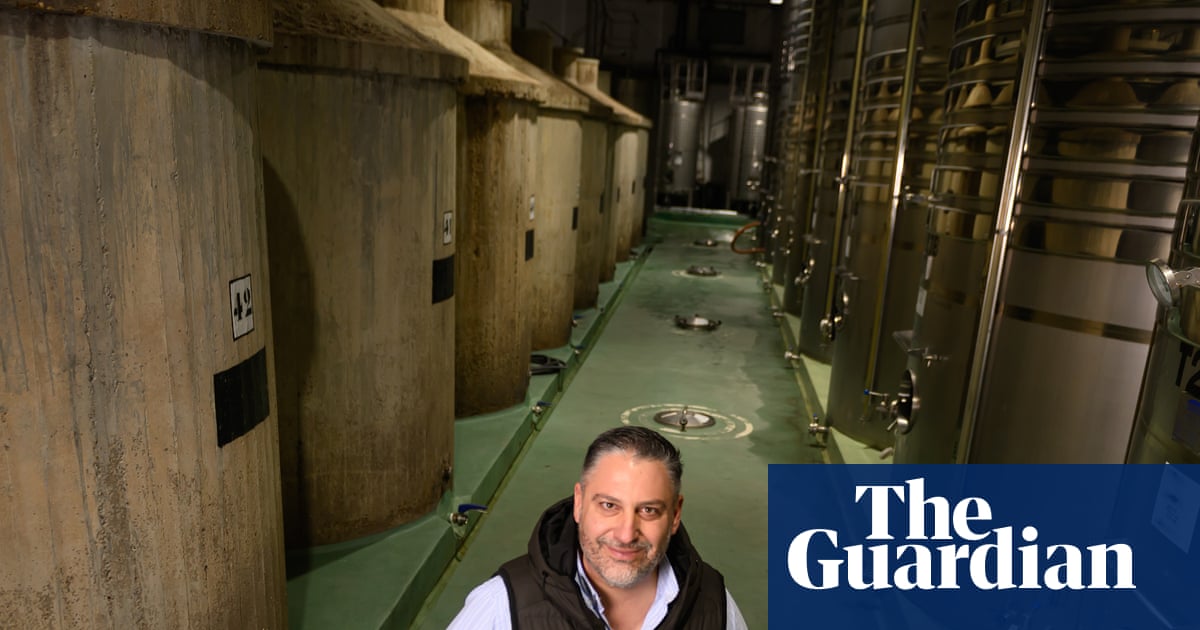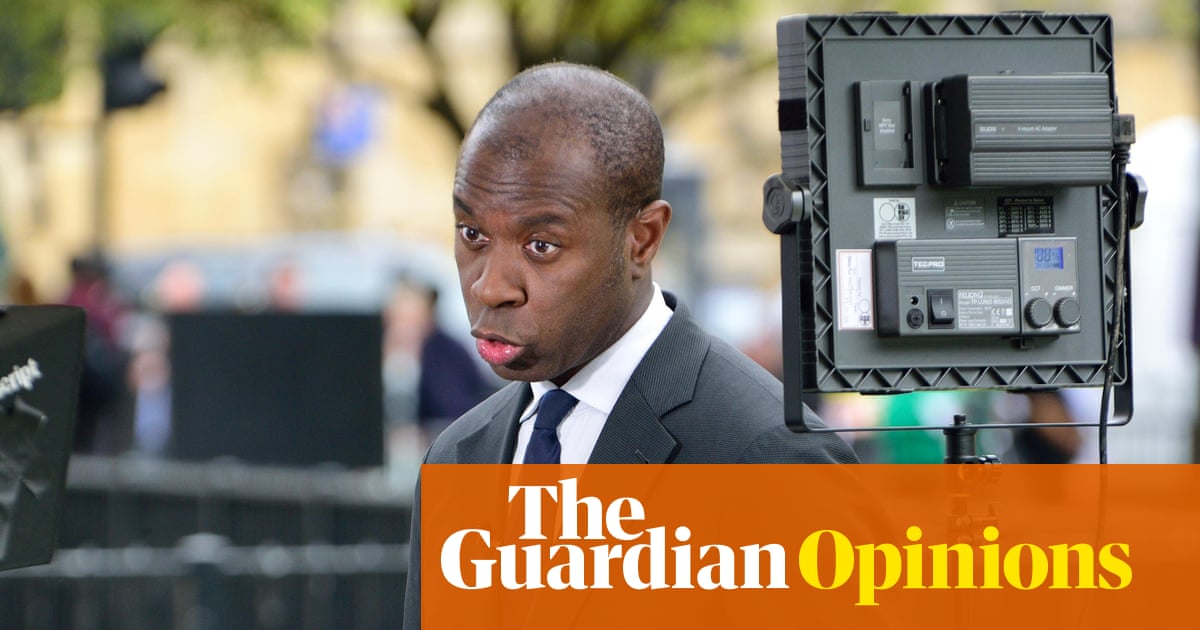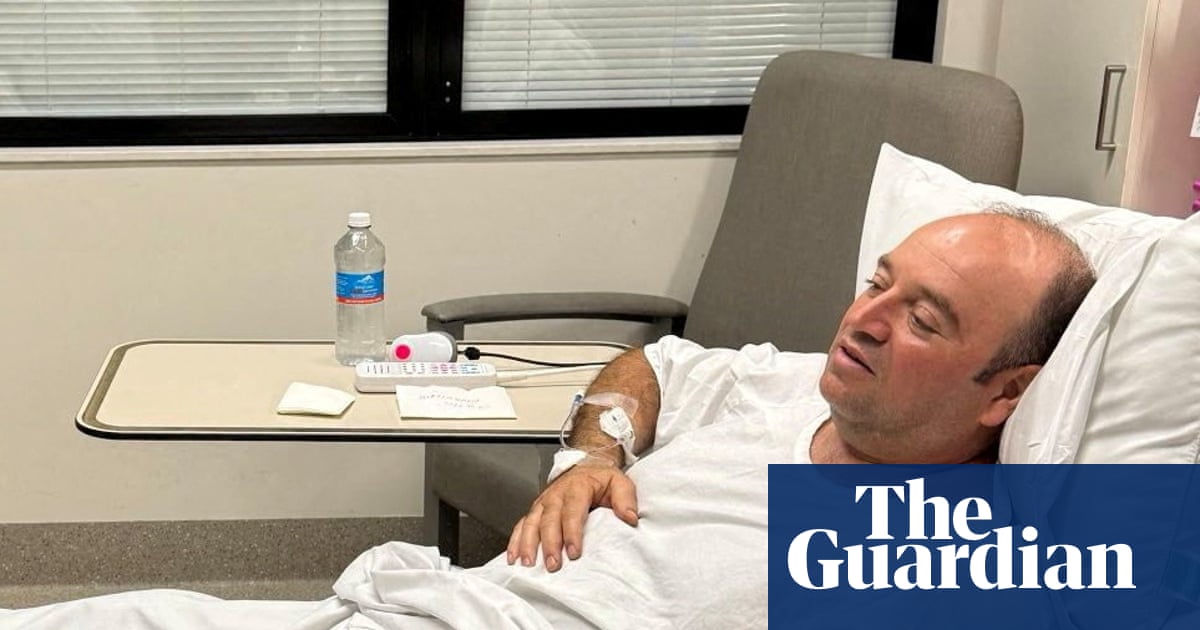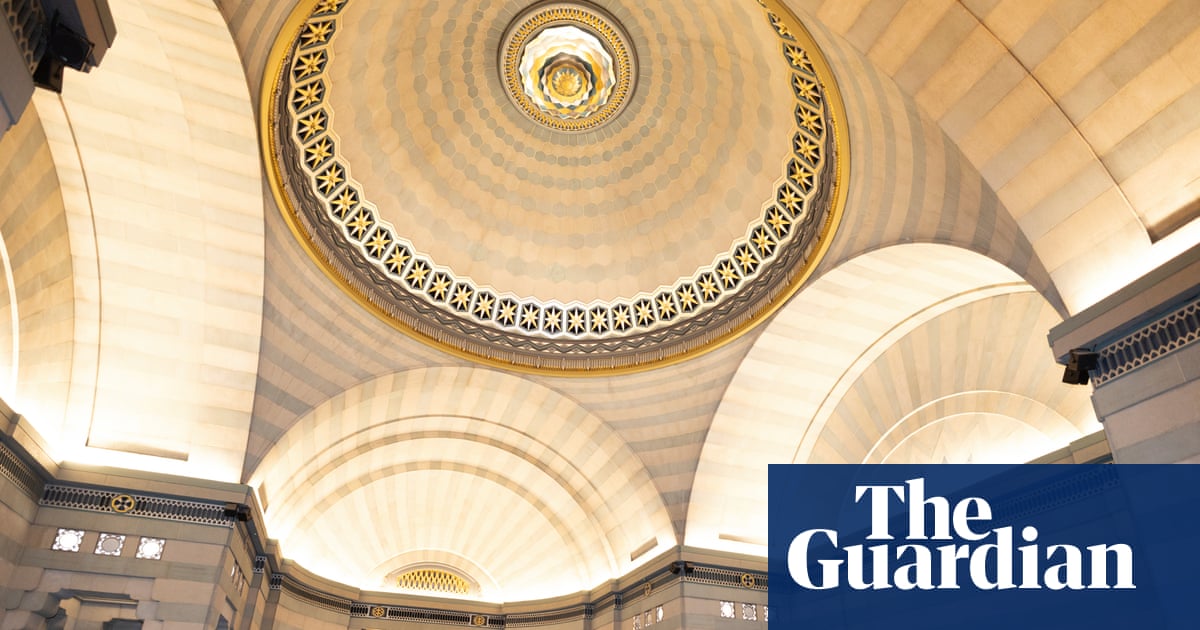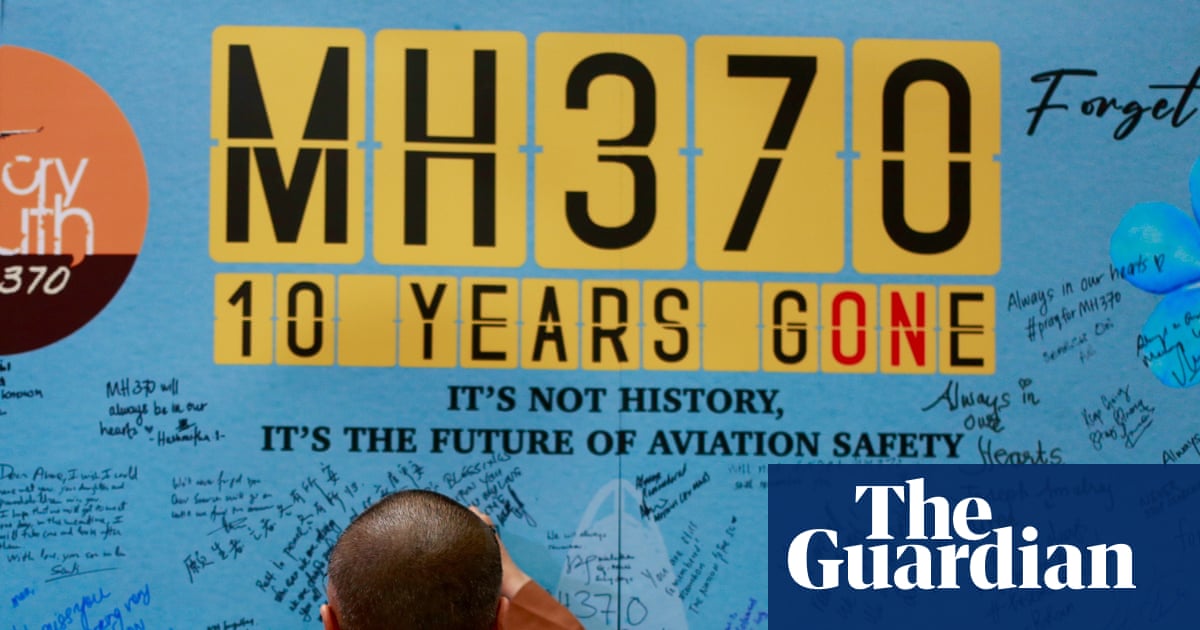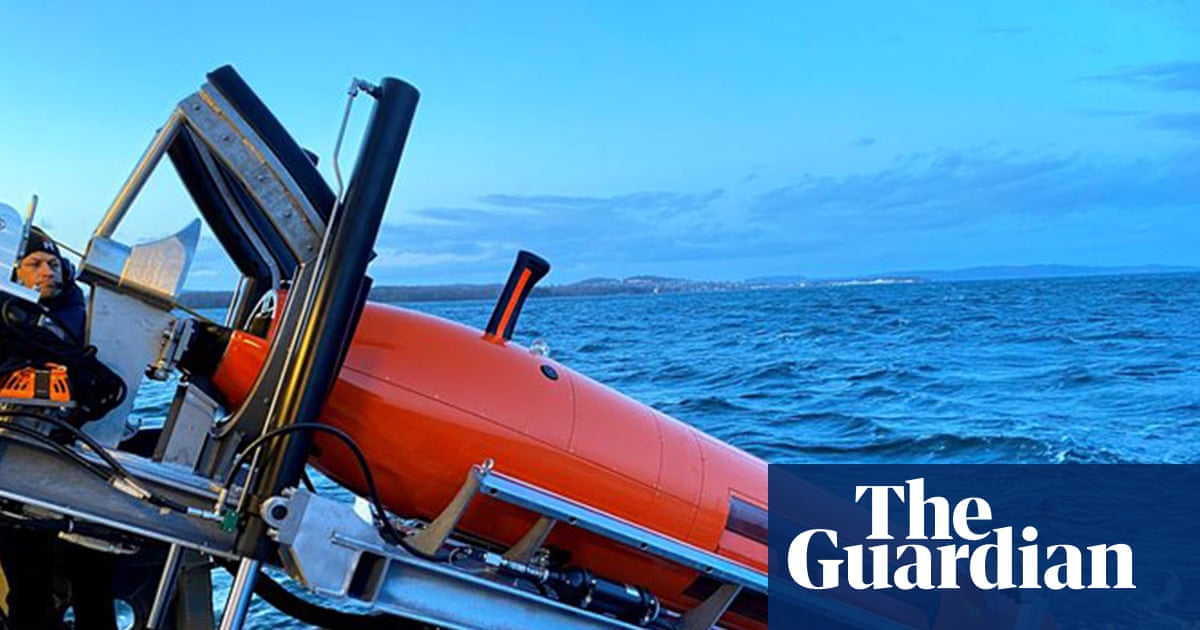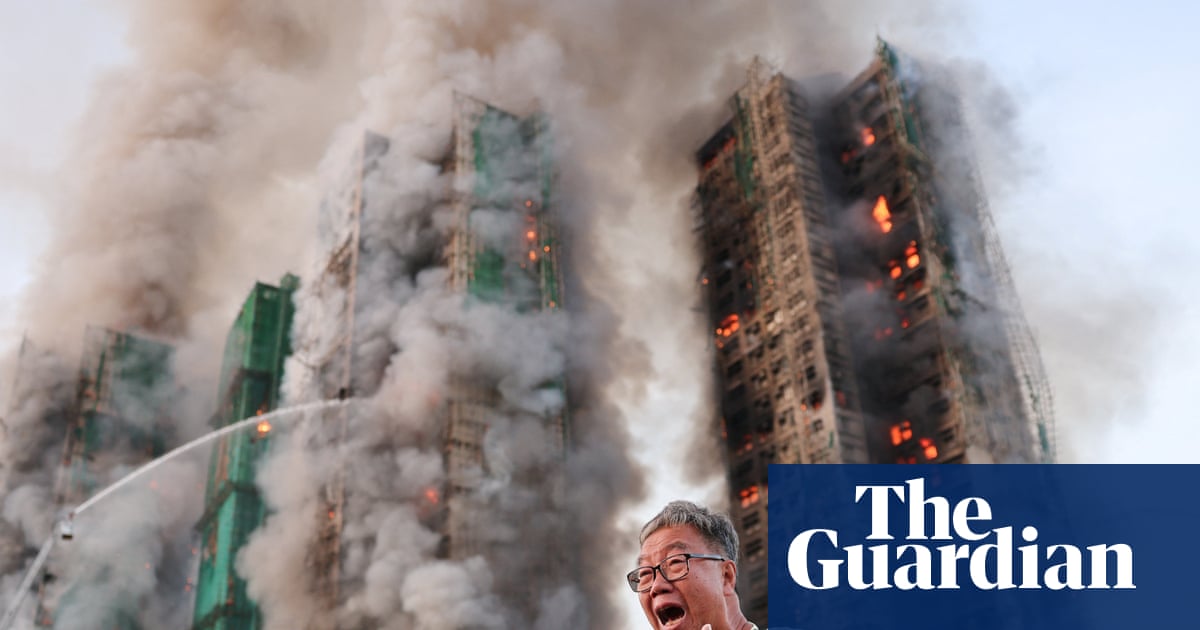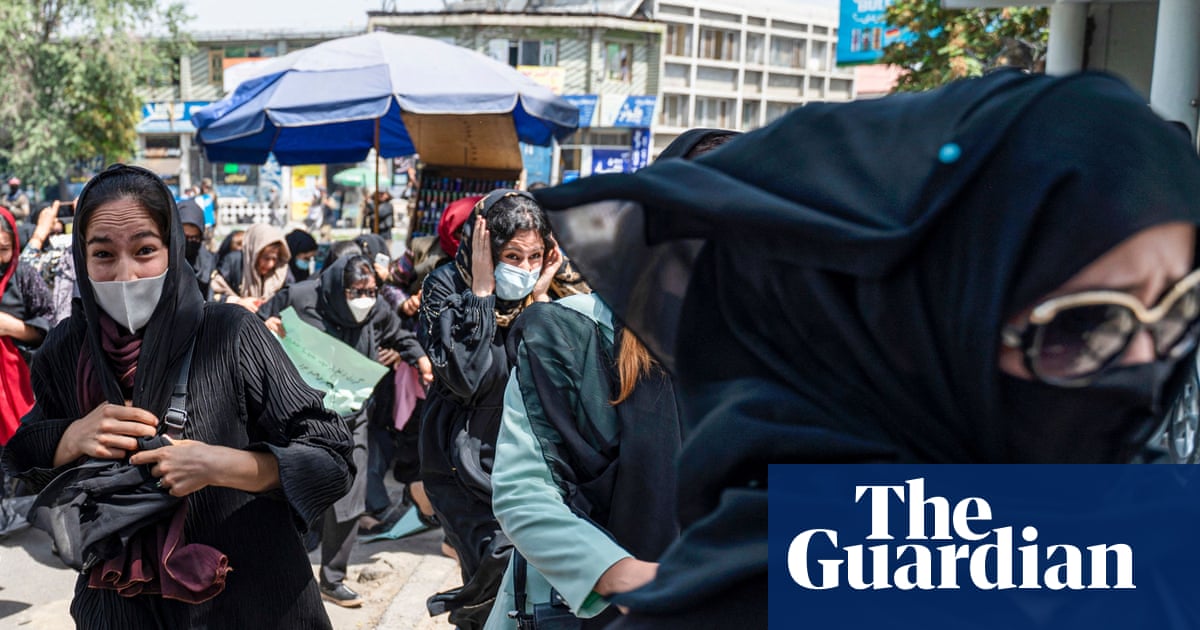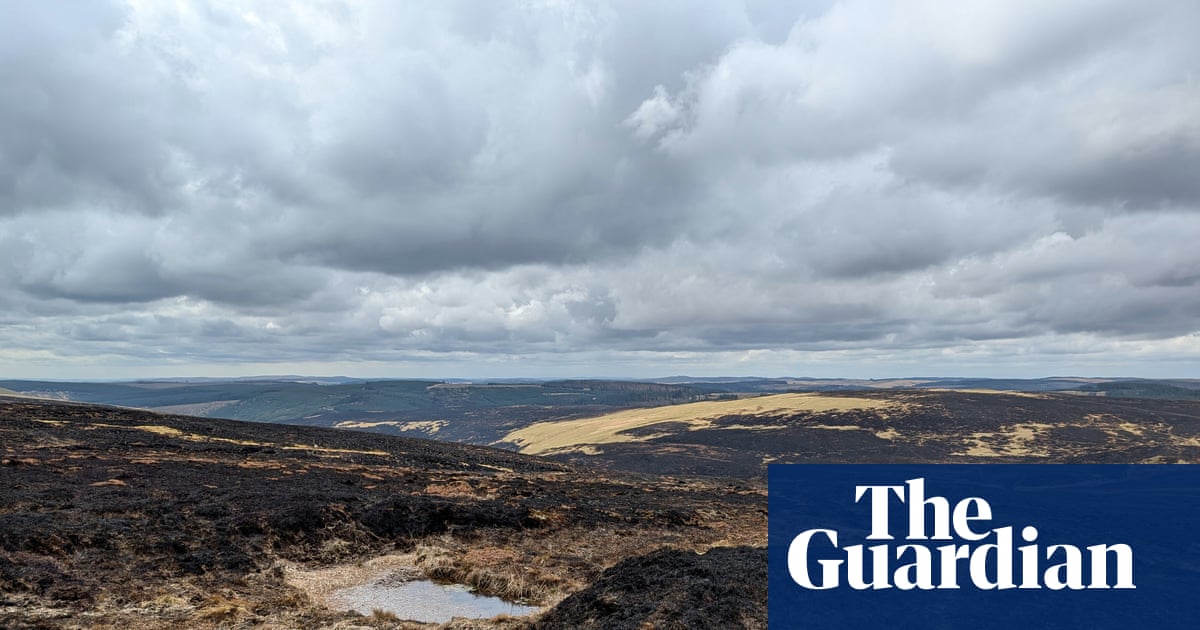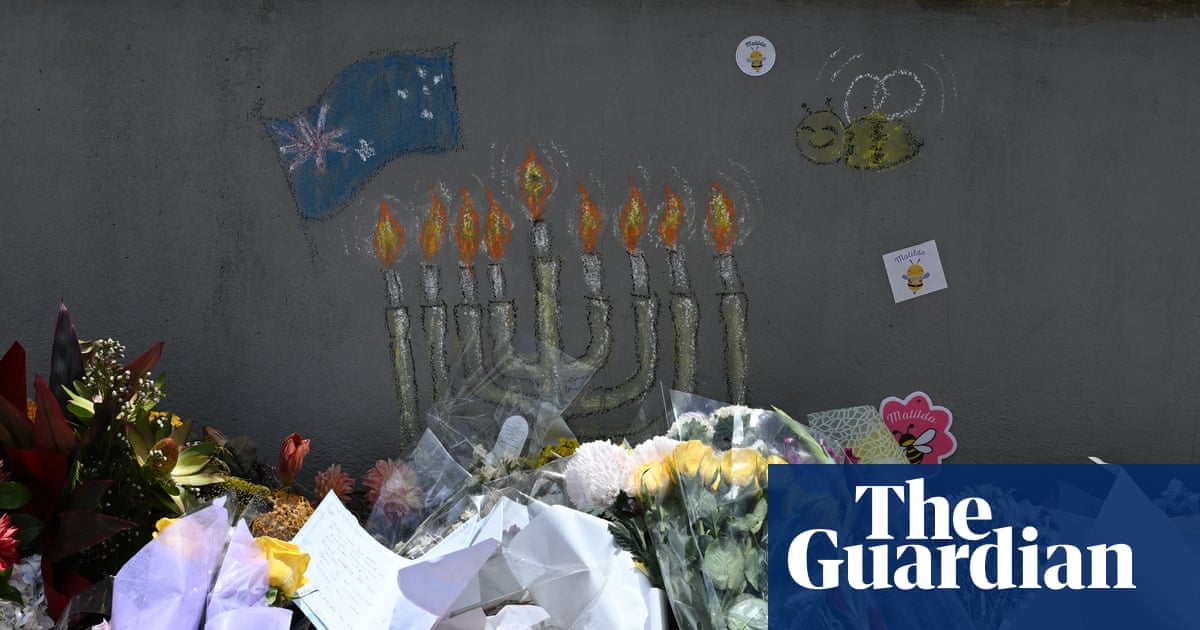António Azevedo was in central Lisbon early on Wednesday evening, waiting to gather enough tourists for a ride in his tuk-tuk, when he heard what sounded like dozens of glass containers being dropped into rubbish trucks.
The driver looked around Restauradores Square but saw no trucks, only smoke rising from the lower station of the Elevador da Glória funicular railway, 100 metres from where his vehicle was parked.
Azevedo and other local business owners dashed to the scene to find that one of the Glória trams had derailed and crashed into a building in Avenida da Liberdade, Lisbon’s main artery.
Shocked, disoriented and unsure of what to do amid all the screaming and crying, the helpers began picking up metal pieces from the ground, wondering if they should try to lift what remained of the car’s main structure in case survivors were trapped beneath it.
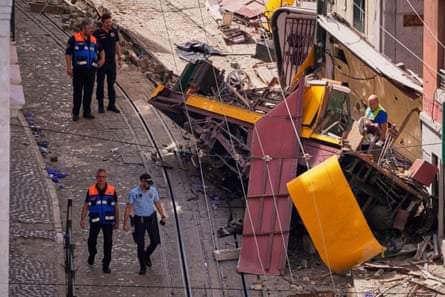
One fellow rescuer passed a bleeding young boy to Azevedo, who held him as he cried for his father. Soon after, police and firefighters arrived at the scene and ordered Azevedo and the others not to touch or move anything.
“I remember looking around – the crying and the screaming gave way to complete silence,” said the 45-year-old driver. “There was a mountain of bodies that were not asking for help. They no longer moved; some were torn apart. I had never seen anything like it.”
Mohammad Farid rushed down from his souvenir store in Restauradores Square to help. But for many, it was already too late.
“We wanted to rescue people, to save lives,” Farid said. “But no one was asking for help because they were dead. They were dead in seconds.”
By Thursday morning, the scene of the accident – in which 16 people died and 21 were injured – was filled with flowers and candles to honour the dead and mark the national day of mourning declared by the Portuguese government.
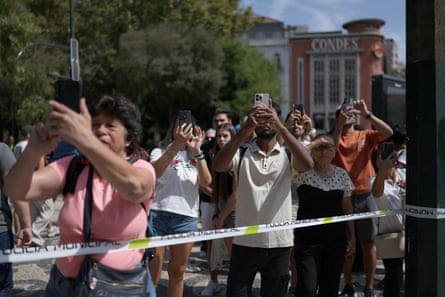
The list of people caught up in the disaster reflected its international dimension. As well as Portuguese citizens, those being treated in hospital included people from Canada, Cape Verde, France, Germany, Italy, Morocco, South Korea, Spain and Switzerland. Prosecutors said on Thursday evening that the dead included five Portuguese citizens, two Koreans and one Swiss national.
A group of local people standing close by the site were discussing what could have caused the tragedy. In the 1970s, Argentina Pereira, now 80, used to work in the Suisso Atlântico Hotel in Rua da Glória, where the tram derailed.
She talked of the strain the funicular had been under since Lisbon began to establish itself as one of Europe’s biggest tourist magnets over the past decade.
“I used to take the funicular four times a day [in the 1970s],” she said. “It was a beautiful time, and a different time. Now they allow more than 40 people aboard, but back then, no more than 20 people could travel at the same time. I think 40 is probably too much, and if they want it that way, they should do periodic inspections every two weeks.”
Azevedo also felt the tragedy should lead to increased checks.
“I think that cities that receive a lot of tourists must guarantee high safety [standards] with this kind of infrastructure,” he said. “This is old infrastructure, and someone needs to answer for what happened.”
Although Carris, the municipal public transport company that operates the service, said “all maintenance protocols” had been carried out – including daily inspections and monthly and weekly service programmes – some visitors to Lisbon said they had been put off by the appearance of the funicular.
John Heron, a 75-year-old Australian who was on holiday in the Portuguese capital with his wife, Brenda, said he had thought the trams looked “dodgy” when he spotted them from the top of the hill of Rua da Glória a few days before the accident.
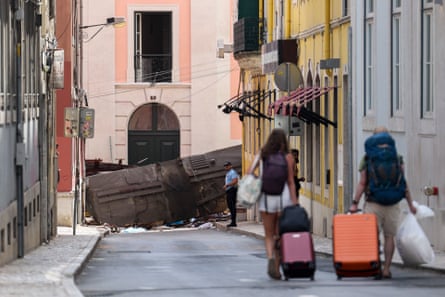
“In Australia, we have very high-quality regulation systems, and I am not so sure the same is true here in Portugal and for a lot of older infrastructures in Europe,” he said. “When I first saw the Glória funicular, it looked very unsafe, but I am not an engineer; it was just a feeling. When I saw the news, I thought, ‘Lucky we ended up staying at the hotel yesterday afternoon, or who knows if we would have ended up deciding to take the ride’.”
Others were also counting their blessings. Cristián Morgado, a 31-year-old tourist from neighbouring Spain, had been planning to ride the route on Wednesday afternoon with his partner, Soraya Navarro. In the end, they decided to do it in the morning.
“Since we saw what happened, we can’t stop thinking that it could have been us if we hadn’t changed our minds,” said Navarro, 30.
Despite Wednesday’s crash, which Portugal’s prime minister, Luís Montenegro, described as “one of the biggest tragedies in our recent history”, Morgado doubts tourists will be put off from visiting Lisbon.
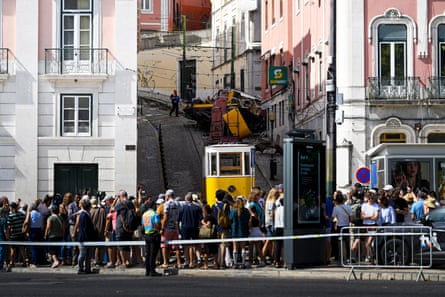
“I don’t think this will affect tourism much,” he said. “Spain has a similar situation with overtourism, and now we are having a serious issue with pickpocketing, and foreigners know and that hasn’t stopped them.”
In a few weeks, he said, foreigners would probably have forgotten about all this. “Portuguese people won’t, but tourists will.”

 3 months ago
52
3 months ago
52
